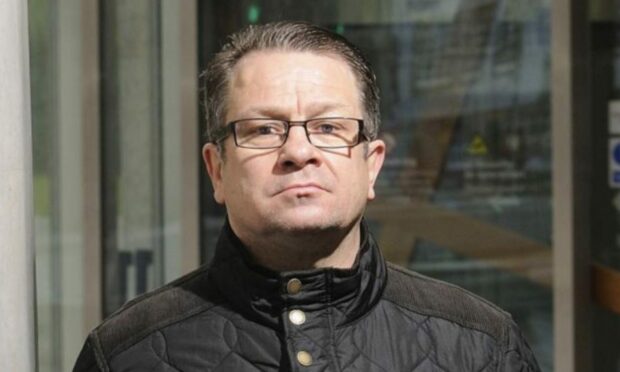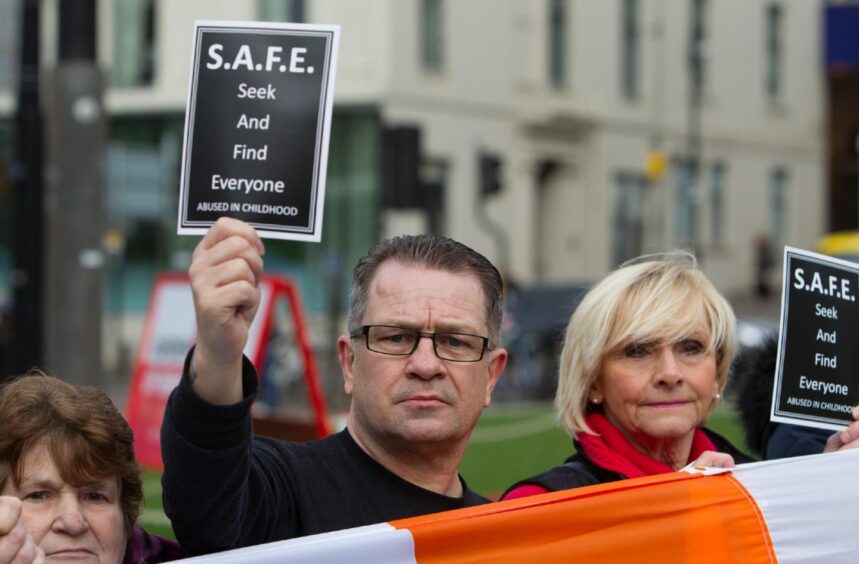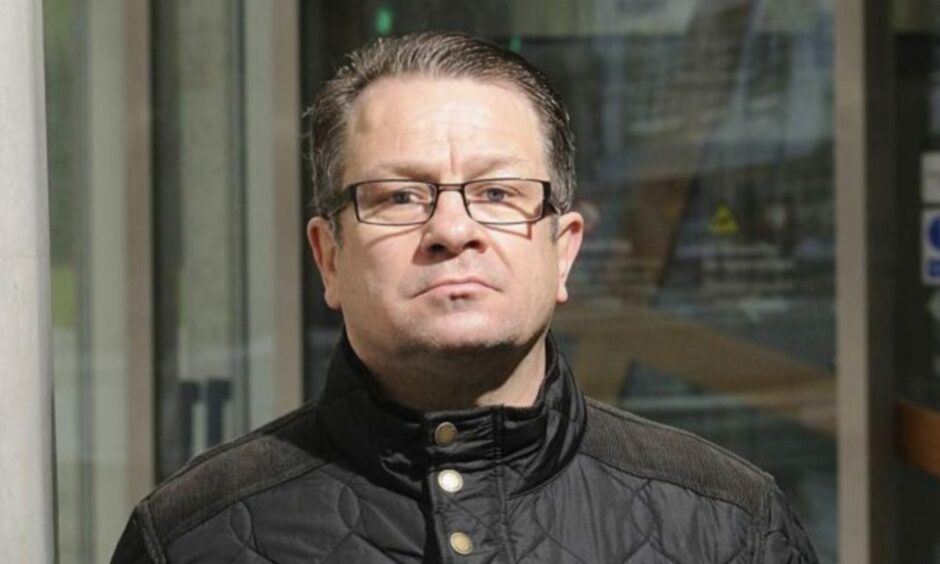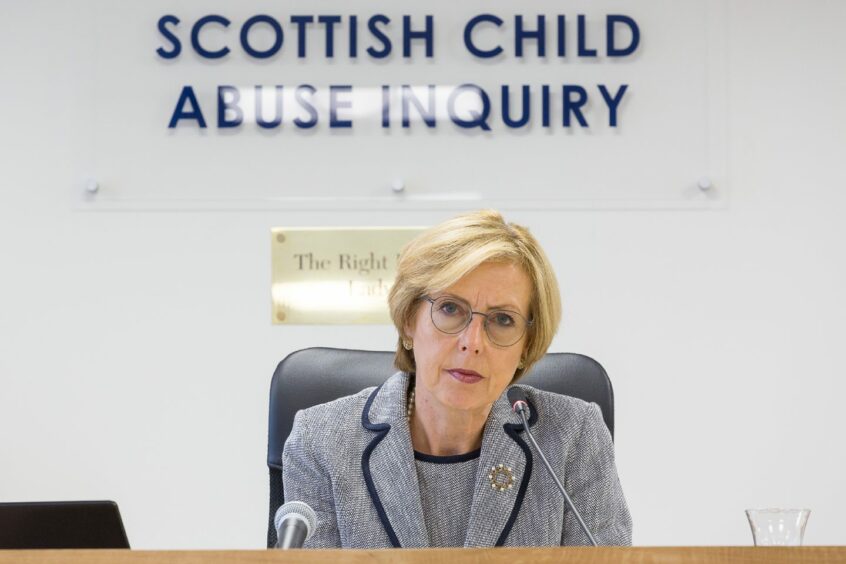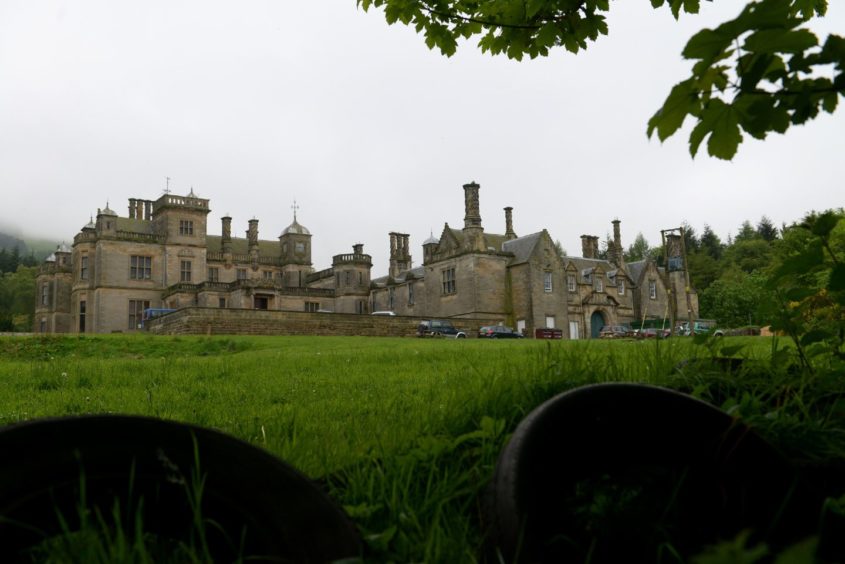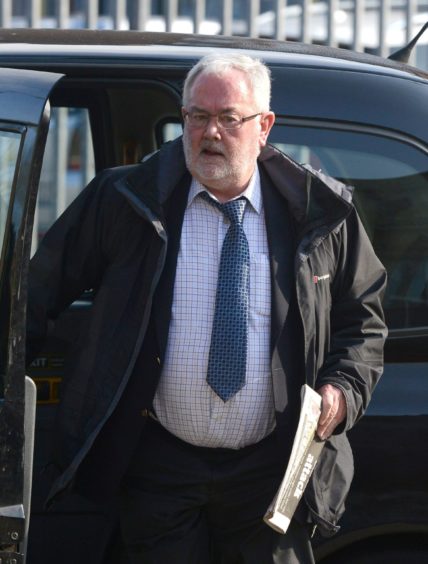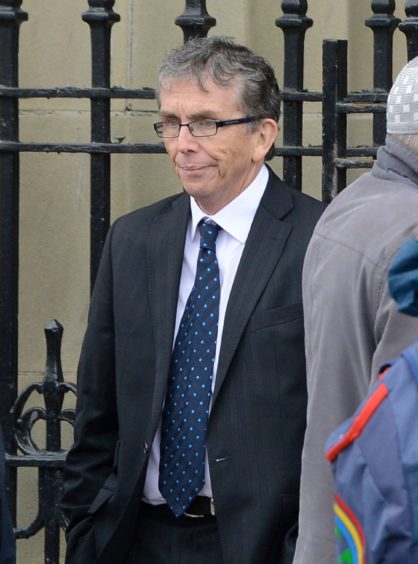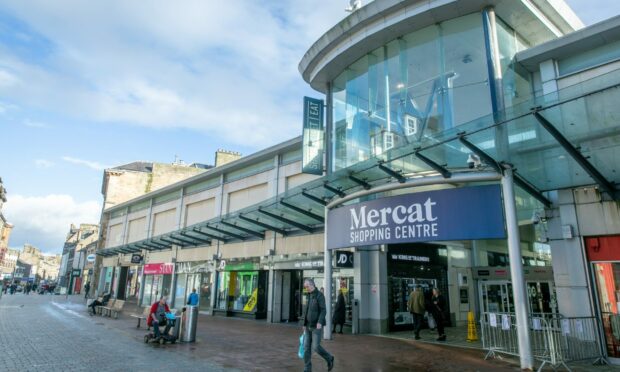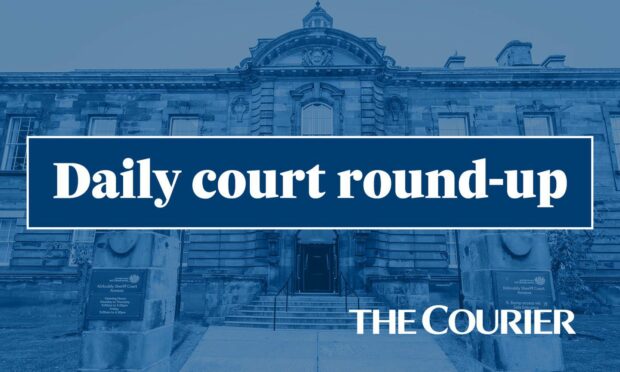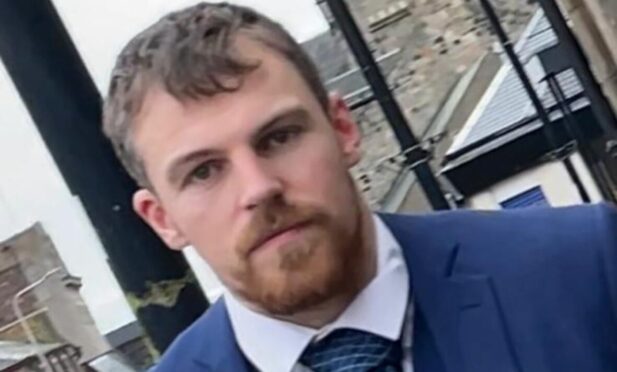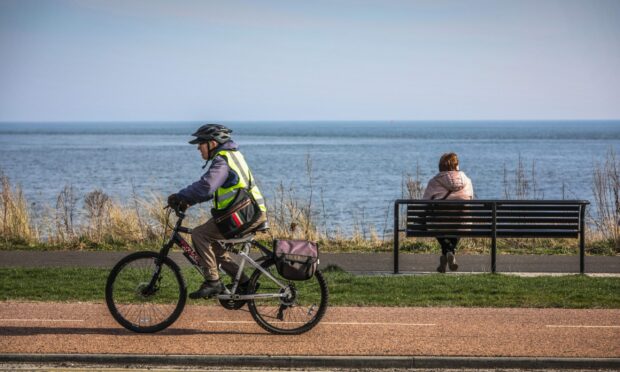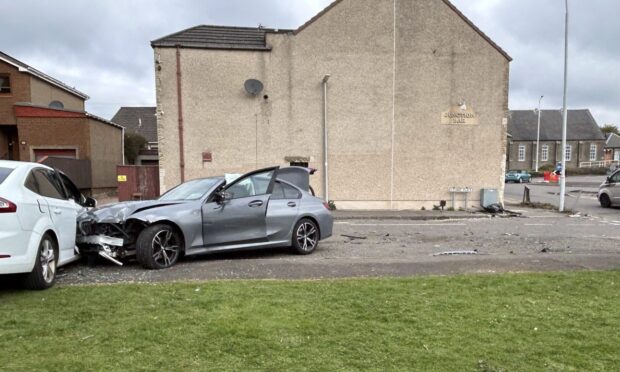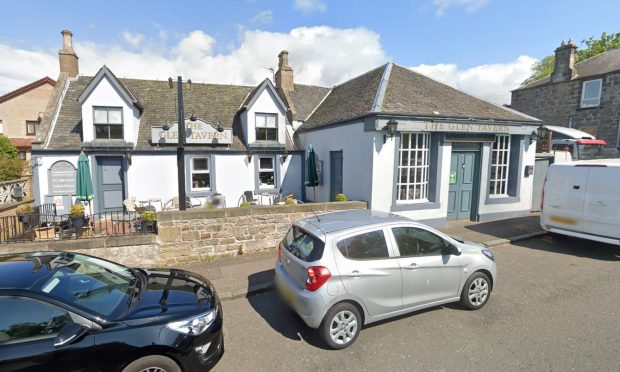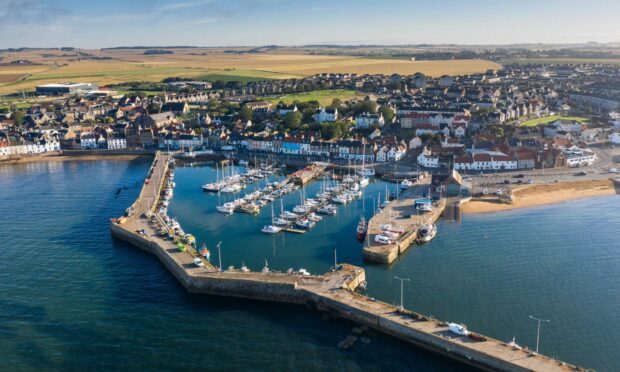Michael Alexander speaks to outspoken Fife child abuse survivor and campaigner Dave Sharp who believes the Scottish Government must step-up awareness of a new compensation scheme for historic victims.
Raped, beaten and hung by the neck, Christian Brothers abuse survivor and campaigner Dave Sharp has spoken many times of the horrors he experienced as a boy living at the former St Ninian’s residential school in Fife during the 1970s.
His accounts of being locked in a coffin, trafficked to Ireland and drugged and raped by multiple men whilst in the care of monks, helped him win a 40-year fight to secure compensation from the Catholic order.
The “significant five-figure sum” he received in 2017 followed a £22,500 pay out (minus 25% legal fees) he secured from the Criminal Injuries Compensation Authority in 2015.
But weeks after a scheme to provide survivors of historical child abuse in Scottish care homes with financial redress opened for applications, Mr Sharp believes more needs to be done to encourage other survivors to come forward.
The 63-year-old, who is seeking evidence of awareness-raising from Ministers, is accusing the Scottish Government of “keeping quiet” about the new Redress Scotland compensation scheme, to keep numbers down.
The Scottish Government, however, says a campaign to raise awareness has begun.
Further promotional activities will take place during 2022 with “no limit” on pay-outs, depending on how many survivors come forward.
Years of abuse
Mr Sharp was sexually abused by priests when he was a pupil at St Ninian’s School in Falkland in the 1970s, and gave evidence to the ongoing Scottish Child Abuse Inquiry.
However, he fears countless abuse survivors are still being left in the dark about the Redress scheme.
Redress Scotland is offering payments of up to £100,000 to those who were subjected to abuse while in care. But Mr Sharp says many abuse survivors still seem largely unaware.
The Scottish government are adament they have started an awareness campaign for the child abuse redress scheme, but where is it? There is no such thing. They are hoping the redress scheme will just fade into obscurity just like the scottish child abuse inquiry.Its heartbreaking.
— Dave Sharp (@davesharp59) January 10, 2022
Mr Sharp, who now lives in Northampton and runs the charity Safe (Seek and Find Everyone), estimates around 100,000 people in Scotland could be eligible for compensation.
However, amid estimated costs of £300 million, he claims Scottish Government projections only expect around 8,000 survivors to come forward.
With an average payment predicted by the Scottish Government to be in the region of £35,500 per applicant, around half could receive payments of £10,000 or £20,000 with just 400 expected to get the maximum available payment of £100,000.
Targeting homeless centres
Mr Sharp now plans to do more awareness raising on the streets of Glenrothes.
He intends to target homeless shelters and counselling services where he believes many hard to reach drink and drug-ravaged child abuse survivors remain “lost”.
“I went to Glenrothes recently where I met three homeless people and none of them had heard of the public inquiry,” says Mr Sharp.
“That was in 2019. I grew my hair long, went homeless, went undercover. I would go to a homeless centre and ask them what they knew about the child abuse inquiry and what they could do for me as a child abuse survivor.
“I was shocked the staff didn’t even know anywhere to refer people to. Similar things happened in Dundee.
“As a result of that approach we’ve now got 10s of thousands who were sexually abused in childhood in bedsits, homeless centres, hostels, where they have been stuck on addiction for many years.”
Running costs
Mr Sharp says a break down of the running costs of the Redress scheme make it clear that many are making good earnings from it.
The current central projection for total costs of redress payments (excluding administration and associated costs) is around £284m.
However, with a recent newspaper investigation revealing that just one in five non-public organisations probed by the Scottish Child Abuse Inquiry had so far offered funds to the Redress scheme, Mr Sharp remains concerned it’s the taxpayer – including the families of historic abuse survivors – who will ultimately foot the compensation bill.
“Looking at the costs of running this redress scheme it is clear that the people who are going to benefit least are the survivors,” claims Mr Sharp.
“To know that people on the panel which decides how much survivors can claim will be on hundreds of pounds a day and many people will be on the pay roll for at least five years leaves a nasty taste in the mouths of many survivors and campaigners.
“It’s clear the real cost of all the survivors coming forward could well exceed £600/700 million but saving money is the number one priority of this government.”
Scale of abuse
Mr Sharp says the “big question” everyone is asking is how many survivors were sexually abused in Scotland’s institutions over the last 60 years.
“Almost everyone I talk to say it is in the six figure range,” he says.
“If you look at the recent scandal that came out of France where it was estimated that as many as 350,000 children were abused during the same time, those of us who have seen the spreadsheet with more countries to be exposed shows that Italy had 1.1 million, USA had 898.000, Germany 367.000 and Poland 569.000.
“This gives a rough scale of what was happening all over the world. I think like many others it is safe to say at least 100.000 children were abused in care in Scotland.”
Scottish Child Abuse Inquiry
The Scottish Child Abuse Inquiry was set up in 2015 and aims to raise public awareness of the abuse of children in care.
Dozens of institutions including top private schools are being investigated, with recommendations for the future expected on how to improve the law, policies and practices in Scotland.
In September 2021, the senior judge leading the public inquiry into abuse in children’s homes, described as “woeful and wholly avoidable” long delays by different Scottish Governments in setting up the probe.
Lady Smith hit out at successive Edinburgh administrations from 2002 to 2015 when the inquiry was finally set up under Nicola Sturgeon’s minority SNP government and said the 13 year delay meant many former residents of the institutions died before they could receive justice.
Mr Sharp blames the post-abuse anger he carried around his whole life for a 20-year drug addiction and five spells in prison.
Fife abuse experiences
At St Ninian’s in Falkland, boys were all in need of care as a result of being orphaned, neglected or out with parental control.
Pupils were sent by social work departments across Scotland but the Fife school catered mostly for children from the old Strathclyde and Tayside regional council areas.
It housed up to 45 boys at a time and was run by members of the Christian Brothers between 1952 and 1983.
Dave’s tormentor, former head teacher Brother Gerry Ryan, has since died.
Dave told previously how he was tied up, abused and hung by the neck in a freezing basement shower room repeatedly between the ages of 10 and 16.
In 2016, ex-St Ninian’s head teacher John Farrell, 74, and colleague Paul Kelly, 65, were jailed for a total of 15 years for abusing and sexually assaulting six boys in the 1970s and 1980s.
Legislation allowing the set-up of the Redress scheme was passed last March, funded primarily by the Scottish Government.
Organisations responsible for the care of children at the time of the abuse are being asked to contribute.
However, it contains a controversial waiver that means those who receive pay-outs cannot then take legal action against the organisations or the Scottish Government.
If an organisation does not participate in the scheme, survivors will receive their redress payment, and retain the right to raise legal action against them.
Scottish Government assurances
A Scottish Government spokesman said: “The Redress scheme – delivered by the Scottish Government and independent body Redress Scotland – provides survivors of historical child abuse in care with financial redress.
“There is no limit on the number of redress payments to be made.
“The Scottish Government is committed to funding the full cost of the scheme irrespective of how many people apply, the level of redress payments or the amount of contributions from other organisations.
“A campaign to raise awareness has begun and builds on the significant work already done to involve and engage survivors in developing the scheme.
“Since the phone lines opened on December 9, more than 1700 incoming calls have been made to the scheme and more than 150 applications received.
“We expect this to rise steadily in the weeks ahead.
“We will bring forward further promotional activities throughout 2022 and take into consideration any views expressed by the new Survivor Forum on how to ensure we reach as many eligible survivors as possible.
“Discussions are continuing with a number of organisations with a view to agreeing their participation.
“Contracts are being finalised with a number of providers and significantly more organisations are considering proposals.”
For more information about Redress, email redress@gov.scot or call 0808 169 9740. For more about the child abuse inquiry go to at www.childabuseinquiry.scot/
